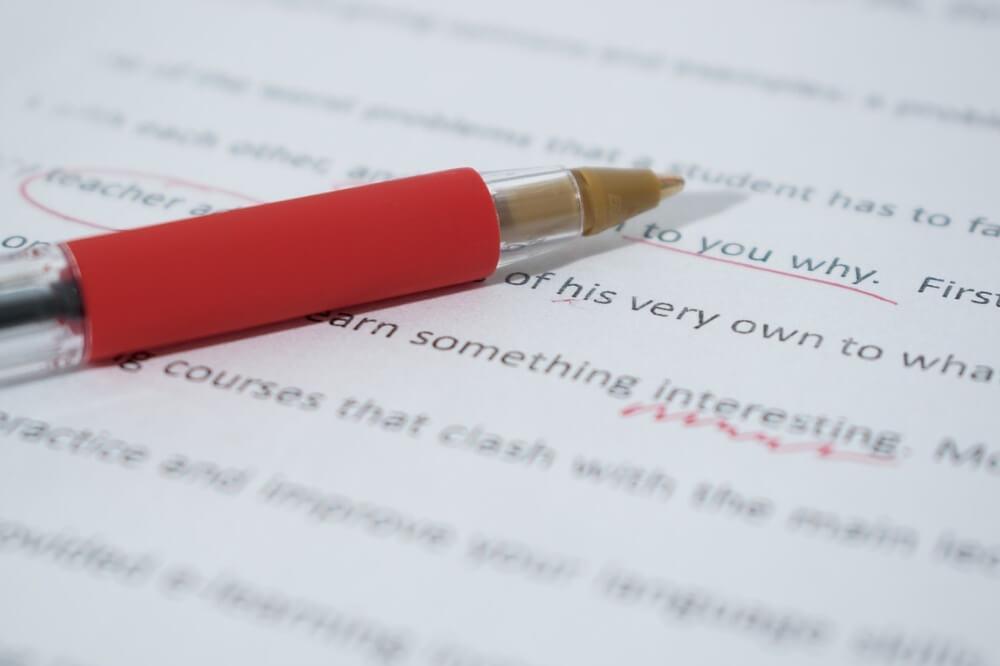
Stop procrastinating, start writing! How to write a personal statement
Congratulations! You’ve made the decision to apply for medical school. No doubt, you’ve spent your summer doing work experience, voluntary work and making yourself a world-class musician, athlete, artistic all-rounder. Well, maybe I’m being a bit too ambitious. Nonetheless, you’re aware that ‘Winter is coming’ and with that comes the dreaded UCAS application. For many of you, this will be your first ever attempt at applying for a place at university.
For the majority of medical schools in the UK and in other parts of the world, an important part of that application is the personal statement. So, let’s get something clear from the start – writing a personal statement is tough! I remember feeling completely overwhelmed by the prospect of writing 4,000 characters about why I wanted to study Medicine and why I deserved a place at medical school. On some occasions, I had lots of thoughts but I wasn’t sure how to translate my ideas into words; on other occasions, actually most of the time, I had no ideas, so I became ever more paralysed to put ink to paper. I decided to seek help from my friend, Mark. He hadn’t studied Medicine, nor did he know anyone who practised Medicine; he was an actuary, actually (tricky tongue twister!). On the side of his day job, which mainly consisted of looking at Excel spreadsheets all day long, he ran a fantastically successful business selling common household products.
Through friends of my older sister, we were introduced and immediately, he took a chance and asked for my help in selling some items. I saw how confident and humorous he was when talking to customers and aspired to reflect the same confidence in everything I did in my teenage years. So, when I became stuck trying to figure out how to write a personal statement and had lost all confidence in my ability to apply for Medical School, I turned to the most confident and positive person I knew, Mark. Over the years at medical school and since I qualified as a doctor, I’ve helped hundreds of students, family members, friends and friends-of-friends to proofread, tweak or edit their personal statements. The approach that I teach them is still pretty close to the method that Mark showed me. It goes a little something like this:
1. THINK ABOUT YOUR STRUCTURE FIRST
(Requirements: All brain power, no writing necessary)
Picture this: You’re sitting in A-level Biology class or Chemistry class or Economics or History (or pretty much any subject except for Maths). Your teacher asks you to write a 500-word essay on a topic of your choice. How would you structure this essay? Unless class has changed a lot since I was studying my A-levels, a majority of you will answer Introduction, Main body of text, Conclusion (or even simpler: beginning, middle and end). There should not be any difference when it comes to your Medical School personal statement. Now, don’t write anything at this point because you will find yourself getting unstuck on trying to explain why you want to do Medicine in your introduction – just remember that structure in your mind and get stuck into the following exercises.
2. BRAINSTORM: "ME"
(Requirements: Brainpower, blank piece of A4 paper, pen)
Take your piece of paper and write the word “Me” in the middle (you can use your name if you prefer). If you like to create documents on your laptop, tablet or phone, try an app called Mindjet, which I find quite useful for creating digital mind maps.Create a mind map of all the traits that you have, whether they be good or bad. For example, you may be ‘empathetic’, ‘a good (or bad) listener’, ‘motivated’, ‘a strong team worker’. If you’re struggling to think of ideas at this point, or find that you’re just using my examples from above, ask a close family member or friend to describe you. See if you can pick up on some key buzzwords that they say and use them to populate your mind map. Aim to get as many as you can. Once you’ve run out, put your piece of paper to one side.
3. BRAINSTORM: "DOCTOR"
(Requirements: Brainpower, blank piece of A4 paper, pen)
Similar to the exercise that you just did, write “a doctor” in the centre of your page. Now, spend some time identifying some of the key traits that you’ve seen doctors show off during your work experience. For example, you may have seen a doctor be “courageous”, “a good leader”, “knowledgeable”, “compassionate”. Again, try and get as many as possible.
4. FIND THE EVIDENCE
In front of you are two sheets with lots of skills/traits on them. Can you see any skills or traits on the “me” mind map that matches with the other mind map? (I’m hoping that a few will, otherwise you may need to rethink your choice in the first place). Circle those few matching traits with another coloured pen on both maps.
Time to start developing your ideas further. For each circled trait, try to identify:
- When have I shown evidence of this trait? (write this on the “Me” mind map)
- When have I seen a doctor show evidence of this trait? (write this on the “Doctor” mind map)
At this stage, it’s absolutely fine to keep things to bullet points or short sentences, as long as you’re being specific. It doesn’t help to write “GP work experience last summer” next to “good communication skills” because you haven’t identified what specific evidence meant that the GP was good at communicating. Work this through for at least 4 – 5 traits/skills and then put your pages to one side.
5. BRAINSTORM: "WHY MEDICINE"
(Requirements: Brainpower, a blank piece of A4 paper, pen)
Arguably, we have finally come to the hardest part of this whole process. But I want you just to think about what you’ve already accomplished; your mind maps are going to form the main body (around 80% of your personal statement), which means that there isn’t much left to do for your Medical School personal statement. Writing about why you want to do Medicine is always tricky because often there is not one single reason or one identifiable moment that made you want to become a doctor.
More often than not, it’s a culmination of lots of thoughts, experiences, and circumstances that ultimately led to your decision. Take your new piece of paper and write “Why Medicine?” in the middle. Try to come up with as many ideas or thoughts about why someone would pursue a career in Medicine. There could be lots of reasons, some examples could be “to care for people”, “to learn about the human body”, “to perform procedures”, “to have a respected job”, “to be part of a field that is constantly developing.” Don’t rush this process and take your time to think about the wider reasons people may consider a career in medicine.
Once you’ve filled the page, draw a circle around the reasons that resonate the most with you. Eventually, you should end up with a combination of reasons that are unique to you. I can appreciate that this will always be the most personal aspect of choosing a career in Medicine. Take it one step further, why is that specific reason important to you? Write it down in bullet points or short sentences.
6. START WRITING
(Requirements: A word processor, your mind maps and patience)
In front of you are three mind maps. Two of them will form the basis of the main body of your text. Write a paragraph per skill, trait or experience – identifying what happened, what you have learnt, how that will apply to your everyday life and your future career as a doctor. The last mind map provides you with the reasoning that you need to explain why you want to Medicine. Bundle the reasons up into a short, catchy paragraph and you have the introduction for the personal statement.
Of course, by virtue of its name, the conclusion will come at the end once you’ve put your intro and the main body together. Keep it short, concise and don’t add any new information. One of the main requirements for writing a Medical School personal statement is patience. It will take you several drafts to get to the final product. Personally, I did ten drafts before I was happy to submit my personal statement. Start early, use the tools above and don’t be afraid to put that pen to paper (or those fingers to the keyboard).
If you are still stuck and struggling to begin or you’ve had a few attempts but don’t feel it’s quite hitting the mark, feel free to contact us at the MSAG. We have a team of doctors with plenty of experience in helping students edit their personal statements. We work quickly and tailor our approach to your requirements, whether it’s through one-to-one intensive sessions or a personal statement review (carried out by two doctors).
Good luck!




